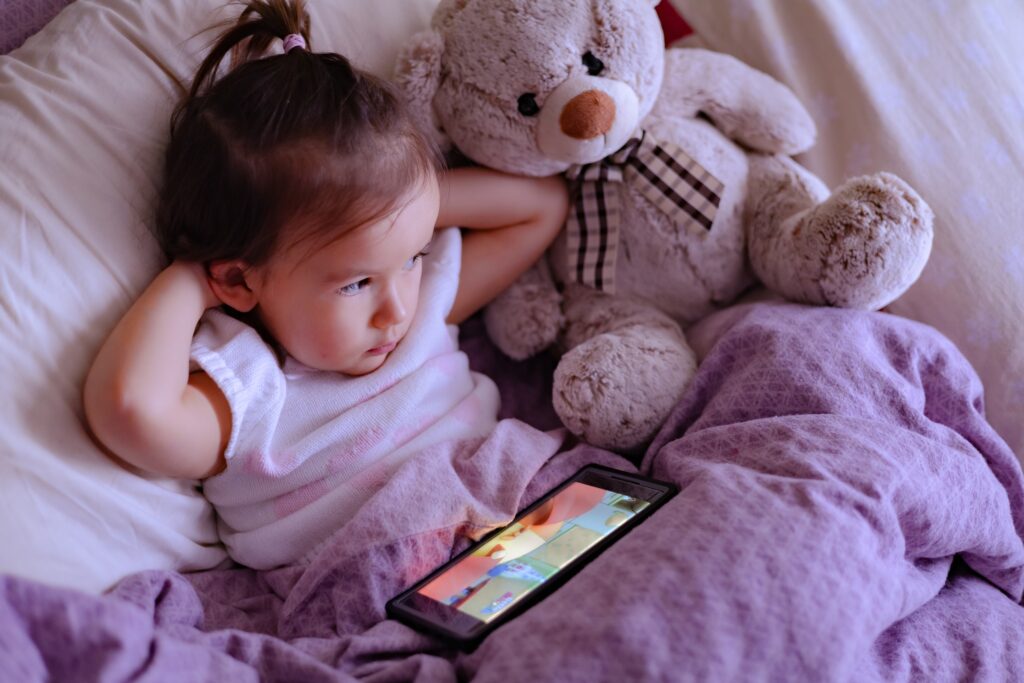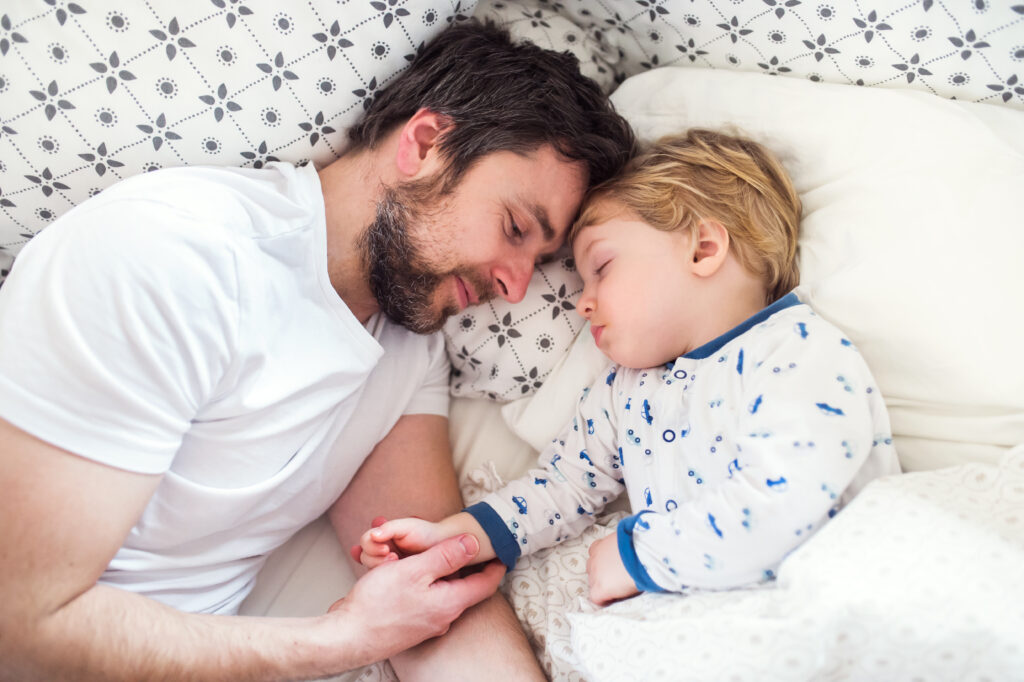The Daylight Saving Time (DST) switch messes up everyone’s schedule — and it’s no different here in the Denver metro area!
“Springing forward” and “falling back” is no fun for anyone. Even your favorite integrative pediatricians aren’t immune. That groggy feeling lingers for days after you change your clocks, and it can make any (already) sleep-deprived parent feel exhausted. But the change in sleep patterns can be even tougher on your kids. Young children need more sleep and don’t tolerate sleep deprivation as well as adults — and the loss of just one hour can affect a child’s attention span, appetite, and overall mood.
An hour shift can seem so insignificant — how can it seemingly cause so much chaos? The answer is (not so) simple: the Daylight Saving Time transition not only robs us of an hour of sleep, but it also causes temporary circadian rhythm disruption (which controls your drive to be awake). Without proper preparation, this disruption can lead to adults feeling sluggish for a few days and to an unraveling of routines in babies and toddlers.
The good news: You can take these steps for a holistic approach to help mitigate the effects of Daylight Saving Time. Whether you’re in Cherry Creek or across the United States when the dreaded DST hits, these pediatrician approved methods should have you back to your normal nap time schedules in no time.
Take Baby Steps
When “springing forward”, remember it takes time to adapt to the loss of even an hour of sleep, so just setting the clocks forward and crossing your fingers is not the best move.
Slowly shift bedtime earlier
To start the shift, gradually shift your child’s bedtime in preparation for Daylight Saving Time. A step-by-step approach is less of a shock to the system. For example, if your child goes to bed at 8 p.m., about four days before the time change, put them to bed at 7:45 p.m., then 7:30 p.m., and so on until they’re going to bed as close to 7 p.m. as possible. To help the transition further, try to wake your child up a little earlier the next morning as well. If getting the kids to go to bed earlier is too much of a challenge at the end of the day, then focus on wake-up time instead. This is typically an easier approach with older children.
Shift naps earlier or wake your child from naps earlier
When it comes to nap time, either move nap time earlier at the same rate as bedtime, or wake your child from their nap a little sooner each day. When making this transition, make sure there are at least five hours from the time they wake up from the nap to the new target bedtime. Note that children over age 2.5 will often need six hours awake before bed.
For more tips on sleep for ALL ages, check out PIP’s video resource center on our website here!
Control the Lights
Melatonin is a hormone that helps regulate your body’s internal circadian clock. It increases in the evening as it becomes dark, which helps induce sleep, and shuts down when it’s light out, which can then increase wakefulness and alertness. But daylight saving time throws that natural cycle out of whack and that can be particularly difficult for kids.
To help, controlling light exposure by dimming the lights in your home and turning off all electronics 2 hours before bedtime can help the circadian rhythm readjust and help the brain’s natural production of melatonin. For example: if your toddler typically goes to bed at 8 p.m., then several days before DST, close your curtains and turn off all of your bright lights at 7 p.m. Use only dimmed lights, table lamps, or night lights during the hour before your child’s typical bedtime.
In the morning, get your child in the light as much as possible. Natural sunlight is best, so if weather permits, have breakfast outside or near window, or have your child help walk the dog. If that’s not an option, turn on the lights in the house so it’s nice and bright.
When daylight saving time ends in the fall, the key is making sure your child doesn’t go to bed too early or wake up earlier than they already do (what parent wants that?) So when you “fall back,” make sure your child has some light exposure in the early evening and ensure that their room isn’t too bright in the morning. (Two words: Blackout shades!)
Stick with a Routine
When daylight saving time begins or ends, it’s especially important to stick with a bedtime routine. For young children, it’s critical that they have a routine during bedtime in order to help create the signal for their bodies to sleep. For example: giving your child a warm bath, reading them a book, and snuggling together before lights out can be beneficial for both you and your little one.
Get Enough Sleep Now
In the days before you change your clocks, make sure your child is getting plenty of shut-eye. Going into Daylight Saving Time well-rested will greatly help your child and will make them less likely to be cranky and overtired — which can make falling asleep even harder.
Be Sympathetic
In the days following Daylight Saving Time, try to be more forgiving if your child seems to be particularly frustrated or difficult in any way. The time change can cause short-term changes in your child’s mood (think about how irritable you can be without that extra hour of sleep), so patience and understanding can go a long way in smoothing the transition for the entire family.
With all the focus on your kid’s sleep, don’t forget to take care of yourself, too! Many adults feel sluggish and cranky themselves after the DST switch, so make sure you’re getting the rest you need as well. And remember: These effects are short-lived — within a week or so, everything should be back to normal.
Help! We are having sleep trouble and the time change is the least of our problems!
The steps above will work to help adjust sleep for toddlers who currently have a stable bedtime and wake time and who are generally getting enough sleep at night. If you aren’t sure whether or not your child is getting enough sleep, then contact our team for a plan that can help get your little one the sleep they need.
We’re here to help!
At Partners in Pediatrics, we are holistic pediatricians committed to educating the mile high city with integrative and functional wellness / health care topics to help you and your kids maintain optimal health. We are dedicated to providing your family with exceptional care using a holistic approach and combining conventional medicine and alternative remedies. And, no pediatric care plan would be complete without sleeping tips for you and your family!
As always, please get in touch with us with any questions about sleep routines, sleep hygiene, or the transition with Daylight Saving Time. If you’re interested in more comprehensive advice, please contact us and speak with our team serving patients in downtown Denver, Littleton, City Park, and the surrounding areas of Colorado.






Leave a Reply